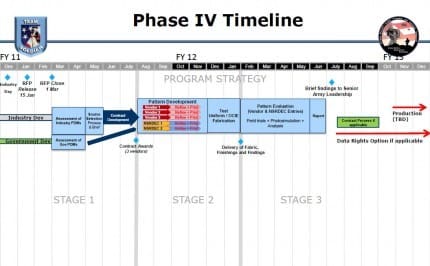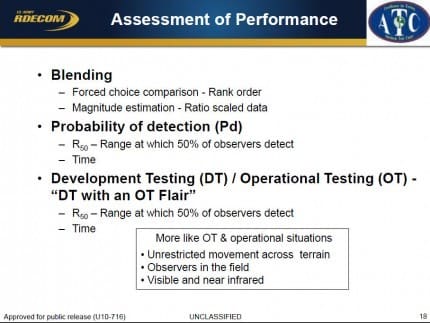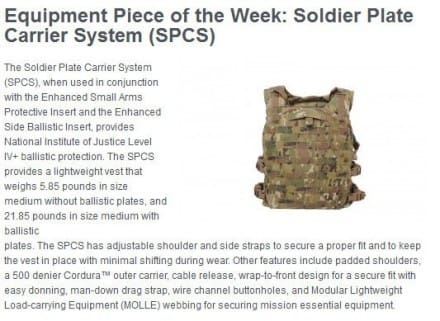After several delays, the Army has chosen four finalists in their Army Camouflage Improvement Effort. The Army conducted an exhaustive down select using a picture-in-picture technique with 900 Soldiers viewing the patterns in 45 environments. There was a candidate pool of around 20 families of patterns each sharing common pattern geometries but with individual colorways for Woodland, Desert, and Transitional environments with a possible fourth pattern for Organizational Clothing and Individual Equipment. This optional OCIE pattern would blend in with the other patterns so that separate sets of PPE would not have to be purchased to match each pattern. Some developers satisfied this requirement with their Transitional pattern.
The finalists are:
ADS Inc as Prime, partnered with Guy Cramer
Brookwood Companies
Crye Precision
Kryptek
(Please note that the contract award figures are ceiling amounts. Total funds will not be awarded unless all contract options are enacted. The disparity in award amounts is driven by offeror bids and is for the total non-exclusive Government license if the vendor is selected and optioned as the new Army camouflage provider.)
Additionally, there will be an Army developed family of patterns entering the field trials which should commence in about 6 months according to the plans overall timeline which has already slipped several times.

This next set of testing will include blending tests, probability of detection, and a live Developmental Test with an Operational Test flair. This latter event will put the patterns through their paces with squad size elements pitted against multiple observers from numerous points of view. Another interesting aspect of this testing is that the Army will also assess how long it takes for an observer to reacquire a test subject after he takes cover and comes back into view. During the industry day, there was an indication that they may also assess the pattern’s performance in both dry and wet conditions. This was a major issue during the development of the AOR patterns so we hope they integrate it into the test plan.

We’ve also heard that the candidate patterns may also be evaluated using OCP (MultiCam) PPE since the Army has made such a large investment in this equipment and it may well have to continue to serve, at least with some units as long it remains serviceable. The interest is to see if OCP equipment can be effectively used in conjunction with the new patterns. Testing of varied PPE against unmatched uniforms in Afghanistan indicated that the contrast can be so great as to work against the camouflage effect.
After the testing ends, a finalized report will be presented to the Army leadership for action. Based on a variety of factors, they will decide how the Army will be camouflaged in the foreseeable future. We also hope that the other services consider the investment the Army has made in this process and make this a joint effort.
SSD applauds the selectees and the Army’s PEO Soldier and RDT&E community for taking on this herculean effort.




















































































































